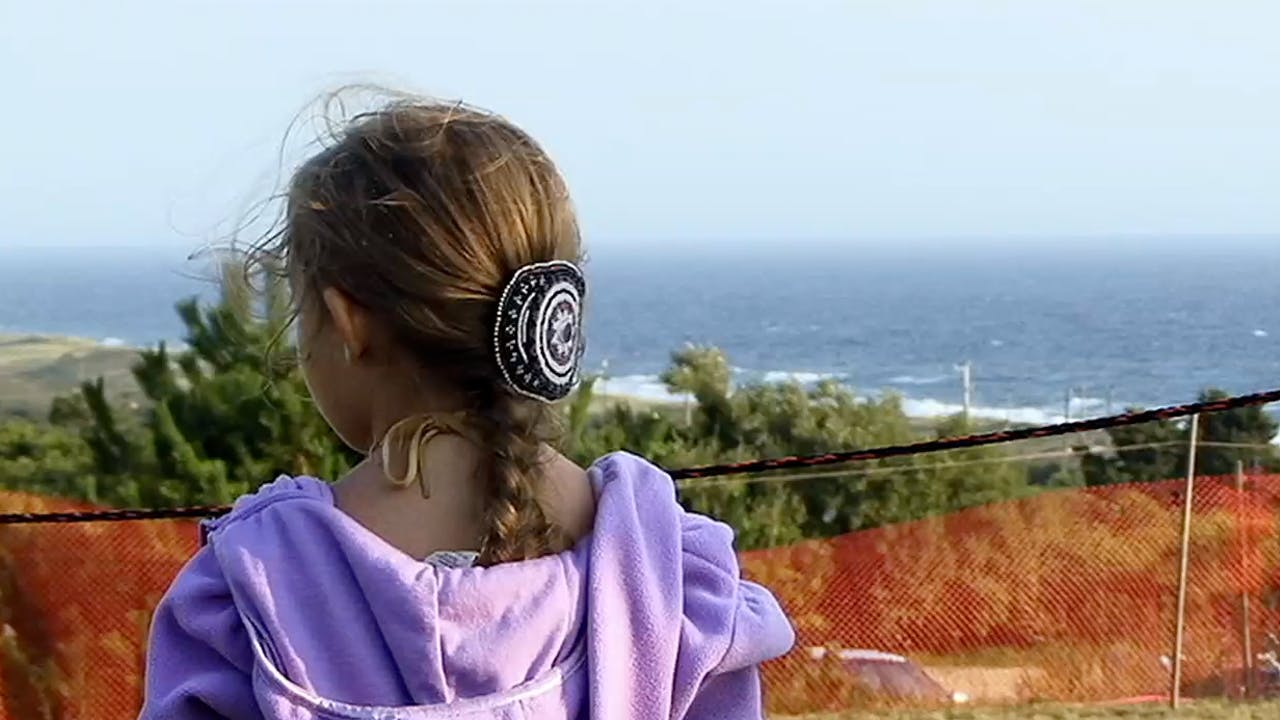By Chlotrudis Independent Film Society
Rating: 4 cats
Director: Anne Makepeace

Country: united_states
Year: 2011
Running time: 82
IMDB: http://www.imdb.com/title/tt1754948/
Jason says: “A few years ago, one of the documentaries that played IFFBoston (on, I believe, the same screen at roughly the same time) was a film by the name of THE LINGUISTS, about linguists seeking out dying languages before they disappeared forever. This time around, we look at whether these languages must necessarily remain dead, or whether they can be revived.
“The language in question is Wampanoag (wom-pah-nog), spoken by the peoples of the same name in what is now Massachusetts. The last native speaker died over a hundred years ago, but one night Jesse Littledoe Baird, a Mashpee Wampanoag, has a dream about her people returning, and she is later inspired to study and learn more about the language. She is soon studying linguistics at MIT, alongside Ken Hale, a much-respected linguist whom she had previously snapped at when he came to the island to offer his assistance. They wind up developing mutual respect and friendship, though, and find that Jesse’s quest is far from a lost cause, as there are written records and similar languages to draw from.
“Comparative linguistics is probably not the sexiest of the soft sciences; it relies on minutia and specialized notation, and unlike the subjects of The Linguists, Baird isn’t going to far-flung locations. Filmmaker Anne Makepeace assists Baird and linguist Norrin Richards in explaining the theory and the practice of reconstructing a language (Hale, sadly, passed away before filming), and they prove to be fine teachers. We see some of the more academic, theoretical work, but also get clear explanations of how Biard would use what data is available to piece together what the Wampanoag word for something would be.
“The sources used also illustrate an interesting look at Wampanoag history, which unfortunately parallels that of many native peoples – although canny enough to get contracts and treaties with the English in writing early on, which provides useful documentation for Baird in the present. Of course, other sources are clearly mixed blessings, like John Eliot’s Wampanoag Bible, which is invaluable for finding corresponding words but clearly did massive cultural damage. Makepeace ties the Wampanoag history and language together, arguing that their declines are linked. It’s a point made clearly but with enough interesting background to hold it up and break up the potentially drier material.
“For all that the linguistics and history are interesting and tragic, the film in many way shines because of what we see of the Wampanoag people. The film spends the most time with Jesse Littledoe Baird, who makes for an endearingly unlikely heroine – a middle-aged wife and mother whose passion leads her to do something truly extraordinary. Though she’s the lead, the entire community has a down-to-earth enthusiasm for reviving this lost, integral part of their culture that elevates the film from merely being an academic exercise.
“Not that it wouldn’t be an impressive academic exercise, and that’s part of what makes WE STILL LIVE HERE so enjoyable; Makepeace finds a balance between the academic, historical, and present-day implications of its subject that many other filmmakers might not manage. 4 cats
“Seen 30 April 2011 at the Brattle Theatre (IFFBoston 2011)”
